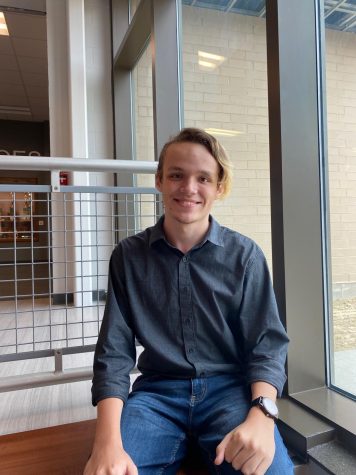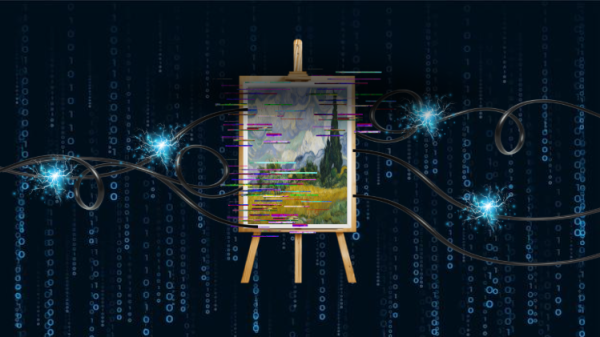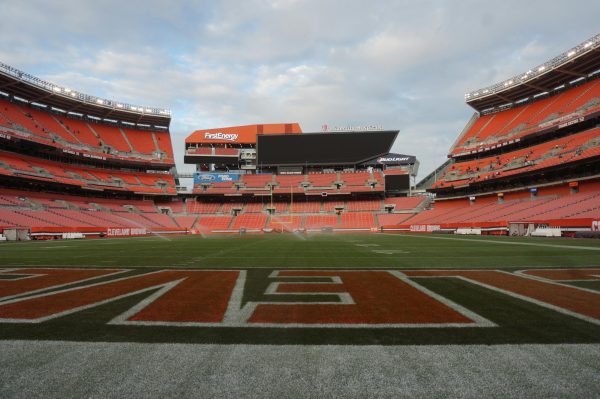How I was Almost Considered a Rioter, and What That Means
 On May 30th, I was attending a protest that was declared a riot a half an hour after I left. That half an hour separated me from being a protestor and being a rioter. It separated the night I had at home and a night I could have spent in jail. It separated me from being tear-gassed and from possibly being beaten by police officers. I would not have suddenly started looting, vandalizing, and rioting in those thirty minutes; I would have remained as innocent as I walked into the protest. Yet I would have been punished as if I had been guilty if I had stayed. And if it was not for me being in the right place at the right time, I probably would have stayed too long.
On May 30th, I was attending a protest that was declared a riot a half an hour after I left. That half an hour separated me from being a protestor and being a rioter. It separated the night I had at home and a night I could have spent in jail. It separated me from being tear-gassed and from possibly being beaten by police officers. I would not have suddenly started looting, vandalizing, and rioting in those thirty minutes; I would have remained as innocent as I walked into the protest. Yet I would have been punished as if I had been guilty if I had stayed. And if it was not for me being in the right place at the right time, I probably would have stayed too long.
What pushed me to leave was the events I saw begin to transpire outside the Justice Center. I had passed the Justice Center a few times previously in the day and police presence steadily grew outside of it due to graffiti, a nonviolent yet criminal offense. I paid little mind since they only showed up in uniform and stood around the graffiti; however, as graffiti continued, police decided to show up in riot gear with tear gas. While the Cleveland police claim that people were trying to break into the Justice Center, I saw nothing of the sort. Through research, I have only found articles saying that there is controversial evidence for those claims and controversial evidence against those claims.
Whether the justification was righteous or not, the police’s action did not help the situation unfolding. Instead of de-escalating, the police escalated the situation. Instead of dispersing the crowd, they riled up the crowd. Is there blame to go on both sides? Yes, but it is important to note that the majority of the blame lands on the police. While neither side should take escalatory action, the police are supposed to be trained to de-escalate, not to hurl tear gas and aggravate the crowd. While neither side should stay in confrontation, the police are supposed to be using tear gas, a less than lethal weapon banned in war, to disperse crowds, not as a toy to throw around. When one side is ordinary people trying to make the world a better place and one side is an arm of the government, it is important to have expectations of each according to their position.
When the police launched tear gas far enough to even hit me with the gas from my sideline position, and when the police decided to go on the megaphone and aggravate the protestors with a nearly mocking tone instead of ordering a dispersal, the crowd grew more agitated and congregated, and they hurled tear gas canisters back at the police. I even saw a rioter throw concrete on the ground to break it up to throw at the police. The protestors around him chided him and tried to stop him. Those were the moments that I knew it was time to leave. In the pit of my stomach, I knew I was seeing the worst of humanity from the police in this moment after seeing the best of humanity during the protests earlier in the day. For that reason, it is a moment burned into my mind. The situation was only going to spiral downward despite how many more protestors there were than rioters. Despite how the police had a million ways to de-escalate, the police used force and made it worse, ironically the focus of the protest, and the final straw before I made my way home.
If I had been with the other half of the protesters at the park where people met, I could have easily not had an idea of what was happening and subsequently would have been stuck. A fact not helped by the failure of the Cleveland Police to send a message to disperse with anything louder than what the closest protesters would hear. And my experience is not unique, plenty of people across plenty of protests have been arrested, beaten, and trapped due to police responding to other people breaking the law (for just one example). The question becomes how did our system of law enforcement get dragged down to punishing people for others’ actions, a complete violation of the ideal of innocence until proven guilty. It boils down to the same thing that happens in elementary schools that teach kids the meaning of the phrase: “that’s not fair;” it boils down to group punishment. The idea that a group of people should be punished just to make sure that we punish the people acting wrongfully. And every elementary school kid is right. It isn’t fair, especially to those who try to leave when things go down but are instead caught by police tactics like kettling which indiscriminately corrals and traps people amidst lines of police officers. What gives police officers the ability to subvert the goals of the justice system by punishing the innocent to get to the guilty and then get away with it scot-free?
The answer boils down to the difference between a protest and a riot. And that difference is a little difficult to find at first. A protest, as defined by Merriam Webster, is “the act of objecting, especially as an organized group.” The legalities of protests are similarly useless in this discussion. You can be an unlawful gathering by breaking certain rules or simply not getting a permit to organize, but that alone would not justify the force that we see used at riots.
Then we must turn to the definition of a riot. As defined by Merriam Webster, a riot is a “violent public disorder, specifically, a disturbance of the public peace with three or more persons assembled and working with common intent.” That is much more useful, but something feels wrong about that. Unfortunately, both Federal and Ohio law defining rioting as a criminal act fall into the same uncomfortable pit. While Ohio law says “No person shall participate with four or more others,” Federal law states “one or more persons part of an assemblage of three or more persons.” What made me uncomfortable researching this is the fact that these laws pay no mind to how many thousands of people in a crowd could be peacefully protesting. It pays no mind if it is a hundredth of a percentage or half of the crowd. And while courts would hopefully correct the record on any ludicrous examples of one person being violent amidst thousands, we do not know that would happen, especially when courts and judges are often sympathetic to the police.
What is even worse than that is the fact that there is no one but the police officers present to set the situation as a riot or not, there is no check on the police force at the time. The police, the people trained to see themselves as warriors, are the only ones present that decide whether people trying to change the world are beaten and hit with less-lethal force, not non-lethal, less than lethal force. When protests of police brutality are met with extreme police force, it is important to question whether that force is just plain brutality.
With problems throughout the entirety of policing that even pro-police people recognize that I have not even scratched the surface of, it is dangerous to allow our government, from the cops in the streets to our politicians and presidents behind the laws, to forget that a single bad actor or a minority of bad actors does not equal a bad crowd. Especially, when the majority of that crowd is people like you and me, people who want a better tomorrow instead of tear gas down our throats.

Justin Page, while being a new addition to the staff of the Crimsonian, is a Senior at DHS. He participates in groups such as the Choir, the Orchestra,...





